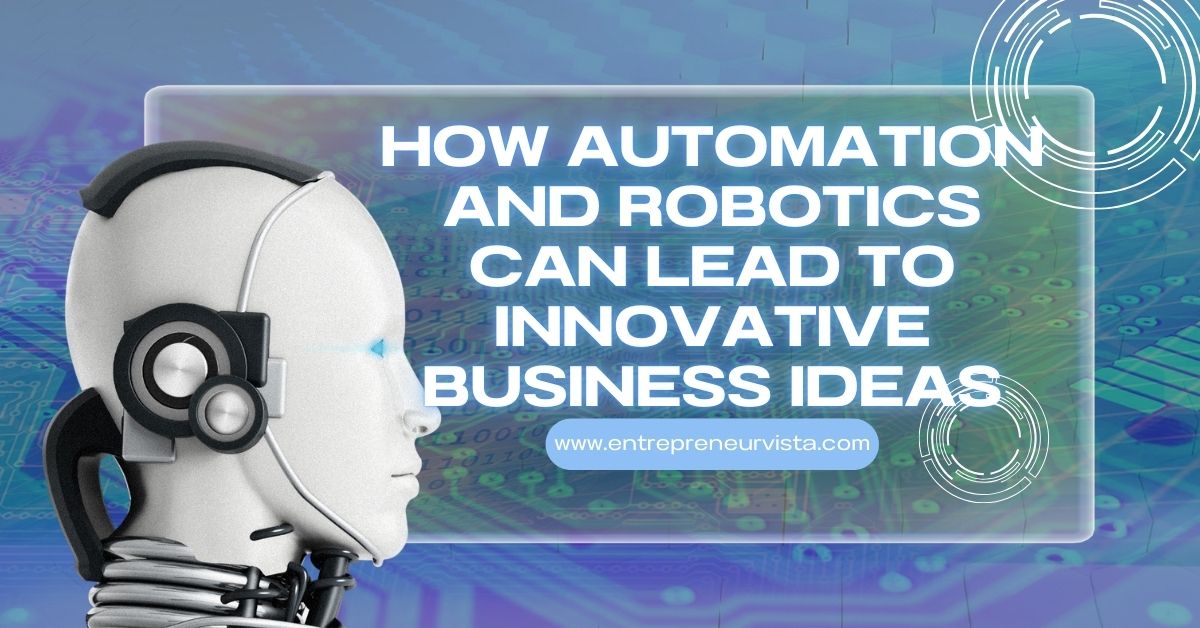In today’s fast-paced world, automation and robotics are revolutionizing industries, opening doors to innovative business ideas that were once mere fantasies. Here’s how these technologies can spark creativity and drive new ventures.
1. Streamlining Operations
Automation can optimize repetitive tasks, freeing up human resources for more strategic activities. This shift can inspire businesses to explore new models. For example, a small manufacturing company might implement automated quality checks, allowing them to focus on product design and customer engagement, leading to innovations in product offerings or services.
2. Data-Driven Insights
Robotics and automation systems generate vast amounts of data. By harnessing this data, businesses can identify trends and inefficiencies. An e-commerce platform, for example, could use automation to analyze purchasing patterns, leading to personalized shopping experiences and innovative marketing strategies.
3. Cost Reduction and Scalability
Automated processes often lead to significant cost savings. These savings can be reinvested into research and development, allowing companies to innovate. A startup in the food industry might automate food preparation, reducing costs and enabling them to experiment with new recipes or health-conscious options.
4. Enhanced Customer Experience
Robots and automation can improve customer interactions, from chatbots providing instant support to automated checkout systems in retail. This focus on enhancing customer experience can inspire businesses to create entirely new service models, such as subscription-based meal kits or personalized shopping experiences.
5. Flexible Manufacturing
With robotics, manufacturers can quickly adapt to changing market demands. This flexibility allows businesses to pivot and innovate based on consumer feedback. For instance, a fashion brand might use robotic sewing machines to produce limited-run items based on real-time sales data, leading to a more dynamic inventory system.
6. Sustainability Initiatives
Automation can lead to more sustainable practices by optimizing resource use and reducing waste. Companies might innovate by developing eco-friendly products or services, such as biodegradable packaging created using automated systems that minimize material waste.
7. New Market Creation
As automation and robotics evolve, entirely new markets can emerge. For example, the rise of autonomous delivery robots has opened up opportunities in logistics and last-mile delivery services. Entrepreneurs can capitalize on this by creating platforms that optimize routes or manage fleets of delivery robots.
8. Collaboration Between Humans and Machines
The future lies in collaborative robotics (cobots) that work alongside humans. This synergy can inspire businesses to rethink workforce models, leading to innovative ways of combining human creativity with robotic precision. For instance, design studios might use robotic tools to assist in rapid prototyping, allowing for faster iterations and more creative outcomes.
9. Education and Training Services
As businesses adopt automation and robotics, there’s a growing need for education and training. This demand can lead to innovative businesses focused on providing specialized training programs, online courses, or certification in robotics and automation technologies.
Conclusion
The integration of automation and robotics into business processes is more than just a trend; it’s a catalyst for innovation. By embracing these technologies, companies can not only improve efficiency and reduce costs but also unlock new opportunities for creativity and growth. As businesses continue to evolve, those who leverage automation effectively will be at the forefront of the next wave of innovative ideas.
